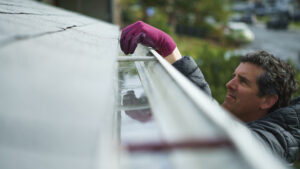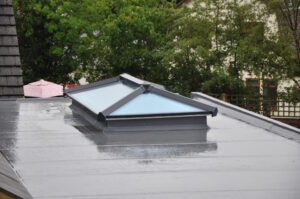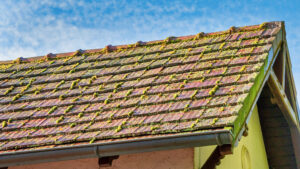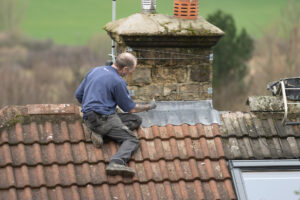Fascia boards are located along the edges of your roof and often support your home’s rain gutter system. These boards could deteriorate with time or sustain damage that requires replacement. Fortunately, changing a fascia board only requires removing the old one and installing a new one in its place. After installing a new board, all that’s left to do is paint it to match your house and seal the joints. You may have new fascia boards that will last for years with just a quick afternoon remodeling!
This post will cover the causes of fascia board repairs or replacements. We will demonstrate the materials you’ll need, the proper way to install the fascia, and how to stop the damage from happening again.
Roof Fascia and Its Importance
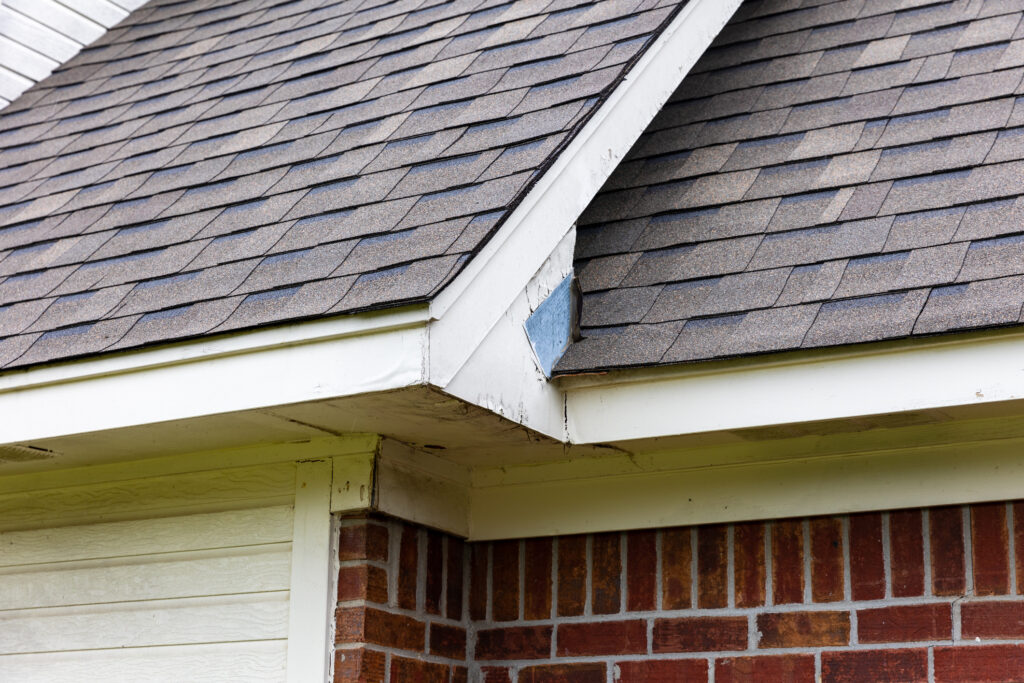
Roofing fascia is the vertical finishing edge that links your roof to the rafters, trusses, or gutter attachments. It is visible via the overhang of the roof. Typically, fascia is composed of non-corrosive sheet metal or a wooden board. In addition to often supporting the rain gutters that border the roof, the horizontal board tops the ends of the rafters on your roof.
By keeping out rain, snow, sleet, and other potential risks, fascia not only shields the wooden boards or siding from harm but also guards the entire roof from leaks and weather damage. While fascia is a feature seen in almost every home constructed after the 1950s, some older homes may not have it.
If you do have roofing fascia, you should check it frequently to make sure it is in good condition. If not, the integrity of your roof and curb appeal could be negatively impacted. When fascia is maintained properly, it gives the border of your roof a more uniform appearance and increases its water resistance.
When To Replace Your Roof Fascia
When does one need to repair a fascia board? It is at your discretion! If your fascia board is chipped, buckling, or stained and negatively affects the appearance of your house, you might wish to get it replaced. When your fascia board is too broken or weak to perform its function, you should heed the advice of your roofer.
The following damage types could necessitate replacing your fascia board:
Moisture damage:
If your fascia board was not trimmed or was left unsealed, moisture exposure may have harmed it. The fascia may also be continuously exposed to moisture due to roof leaks, gutter blockages, and other roof problems. If it is exposed to moisture, it could eventually become unstable and suffer wood rot. A fascia board that has wood rot could break and damage the gutters.
Algae, mold, and fungus:
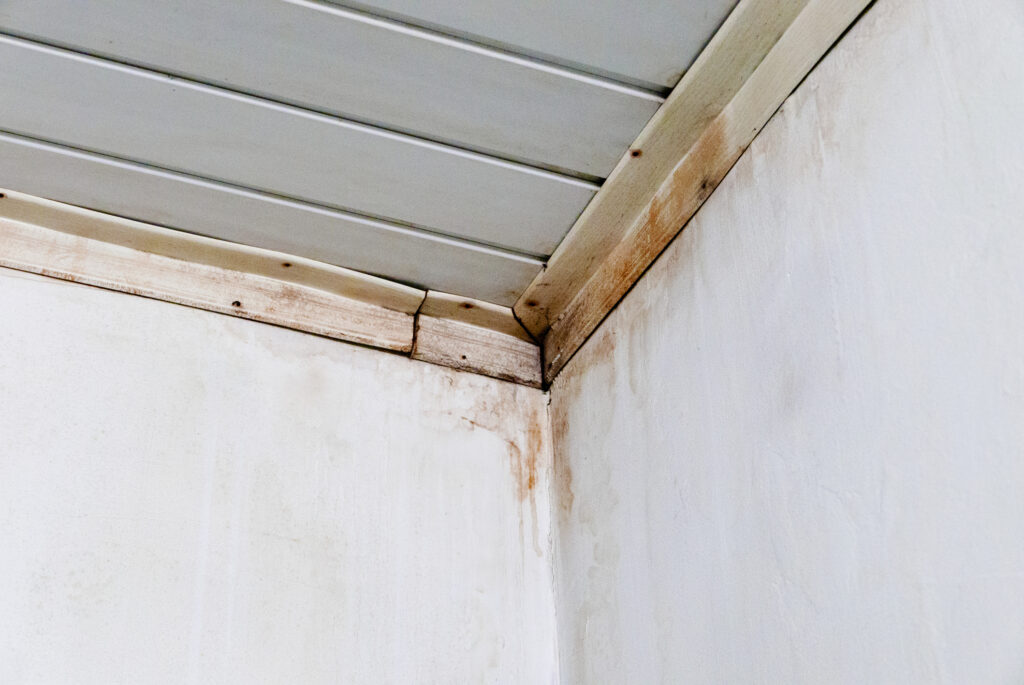
Fascia boards that are frequently damp can become infected by these three growths. Additionally, the fascia board may become infected with severe mold and fungus on the top of the roof. Algal black stains could have the same effect.
Cracks: The fascia board may get cracks as a result of aging, water damage, or exposure to fluctuating temperatures. In either case, a full replacement of the cracked fascia board is necessary.
Animal damage:
When it comes to finding a place to live, animals might be very determined to enter your attic. They might damage your fascia board by chewing on it or by creating tiny gaps between it and the roof.
Bowing: Talk to your roofing company about any bending or bowed fascia boards since they may be signs of structural problems with the house.
Sometimes it’s not necessary to replace the entire fascia board—you can fix just a portion of it. For instance, your roofers might be able to remove just the portion of fascia that spans two rafters and can be securely fastened again if only a few feet of the board have been exposed to water.
Even if part of the fascia board looks to be salvageable, it should be replaced completely if it exhibits indications of aging, such as bowing and cracking, as it may eventually fail.
Steps Involved in Fascia Repair
The following tasks should be completed by your roofer for fascia repair:
Inspection of the Existing Fascia
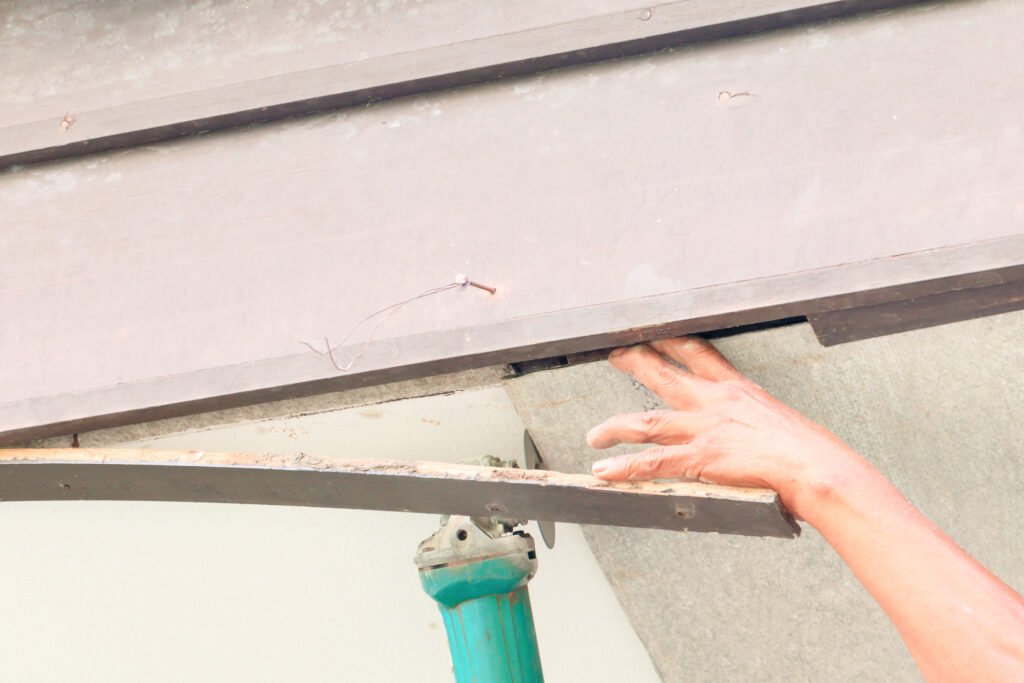
Before giving you an estimate, the roofer will inspect your current fascia. This will enable them to assess the scope of the issue, gather the necessary supplies, and quote you a project estimate. They will need to measure the fascia to ensure they get the correct replacement because there is no standard width or height for it.
Gutter Removal
The gutters need to be removed since they are attached to the fascia. The roofer will take out the gutters first to prevent damage. If you’re not also getting your gutters redone, they will be reattached to the new fascia.
Fascia Removal
The roofer will carefully pry the nails off the fascia in order to prevent further damage. After removal, they’ll begin cutting and measuring new boards. The contractor will decide whether to install one large board per side or, in order to make installation easier, divide a single piece into multiple portions.
Fascia Installation
The final step involves installing the new fascia. The roofer will place each wood panel and then use caulking to fill in the spaces between them. At this point, the fascia trim is also installed and sealed. The fascia can be primed, stained, painted, or sealed after it has dried.
Choose WABO Roofing for Fascia Repair
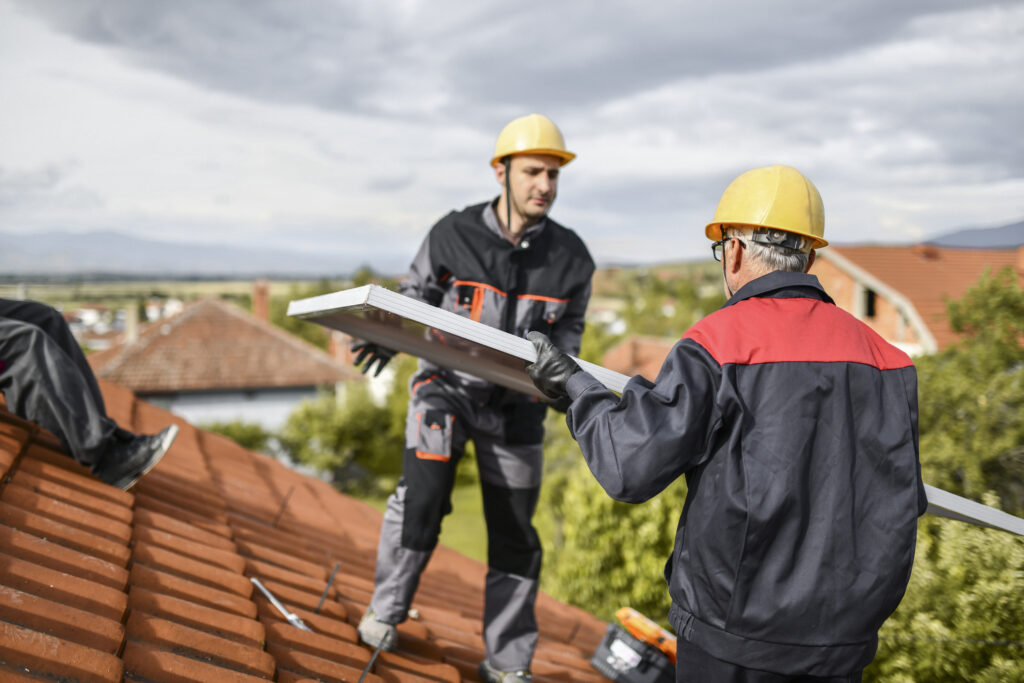
Although it’s simple to ignore, the fascia board is an important component of the roof. That is why it is frequently ignored and left in poor shape.
We at WABO Roofing will be delighted to assist you with any impending roof replacement or repairs. Please get in touch with us for a quote if your fascia needs to be repaired, your roof needs to be leak-proofed, or your roof is just giving you trouble. Selecting WABO Roofing will contribute to maintaining the value and security of your house for many years to come.

